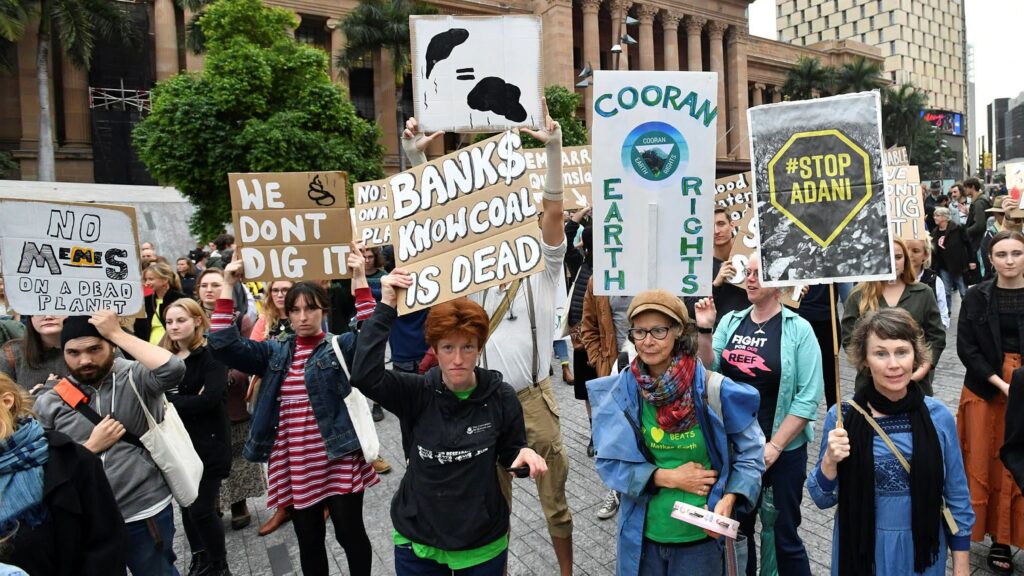Climate laggards could ‘let down’ Lloyd’s of London


Lloyd’s of London Ltd updates
Sign up to myFT Daily Digest to be the first to know about Lloyd’s of London Ltd news.
The chair of Lloyd’s of London has warned its brand could be “damaged” by insurers that are slow to remove their backing for the most carbon-intensive activities.
They could also “let down” the specialist insurance market’s efforts to confront the climate crisis, Bruce Carnegie-Brown told the Financial Times, as insurers come under increasing pressure to bring underwriting portfolios into line with global decarbonisation targets.
“To some extent, there is a risk that we get let down by the last person who is continuing to do things that the rest of the market has given up doing, because [it] will still get labelled as ‘Lloyd’s is still underwriting things that people don’t think are acceptable’.”
This was “frustrating”, he admitted. “If the Lloyd’s brand is getting damaged by minority participants in the marketplace, then we have to pay attention to it.” However, he cautioned that competition law restricted how fast it could move against particular sectors.
The nature of the institution, where underwriters and brokers agree terms on insurance for a huge variety of assets, also means it is “not as easy to mandate changes” as it would be for a single company, he added.
Investors, campaigners and intergovernmental bodies have urged insurers to make sure their portfolios support climate change targets by phasing out support for the most polluting industries and helping clients shift towards renewables.
Lloyd’s has been repeatedly targeted by climate activists, labelling it an “insurer of last resort” for the coal sector. In one stunt, activists dumped fake coal outside its City headquarters, designed by modernist architect Richard Rogers.
Acting in its role as a de facto regulator, it said in December it would request that insurers in the market phase out by 2022 the underwriting of thermal coal mines and related power plants, as well as oil sands and new Arctic energy exploration activities. Existing insurance for these industries will be phased out by 2030.
Climate campaigners welcomed the policy but said the 2030 deadline was not supported by the urgency of the climate science. Carnegie-Brown said that schedule could be moved forward if the market makes enough progress.
“Do I think we might revisit 2030? Absolutely I do, particularly if there’s better data to support a more rapid direction of travel.”
Lloyd’s has been targeted over controversial projects such as the Carmichael coal mine in Australia. Carnegie-Brown said he did not know that there was a single Lloyd’s insurer that was on that thermal coal mine project. “But we don’t know that as a fact, because we don’t collect that data directly from market participants,” he added.
Last month, Lloyd’s published a climate action plan, focusing on sectors that will be crucial to the climate transition such as transport and energy.
Its recommendations included developing new products that deal with specific risks from electric vehicles, calling for research on the hydrogen sector in order to design specialist cover and scaling up coverage of nuclear power.
The latter is an example of an alternative energy source that is “difficult to model, because it is a great line of business until it isn’t, and the impact when it goes wrong is colossal,” Carnegie-Brown said.